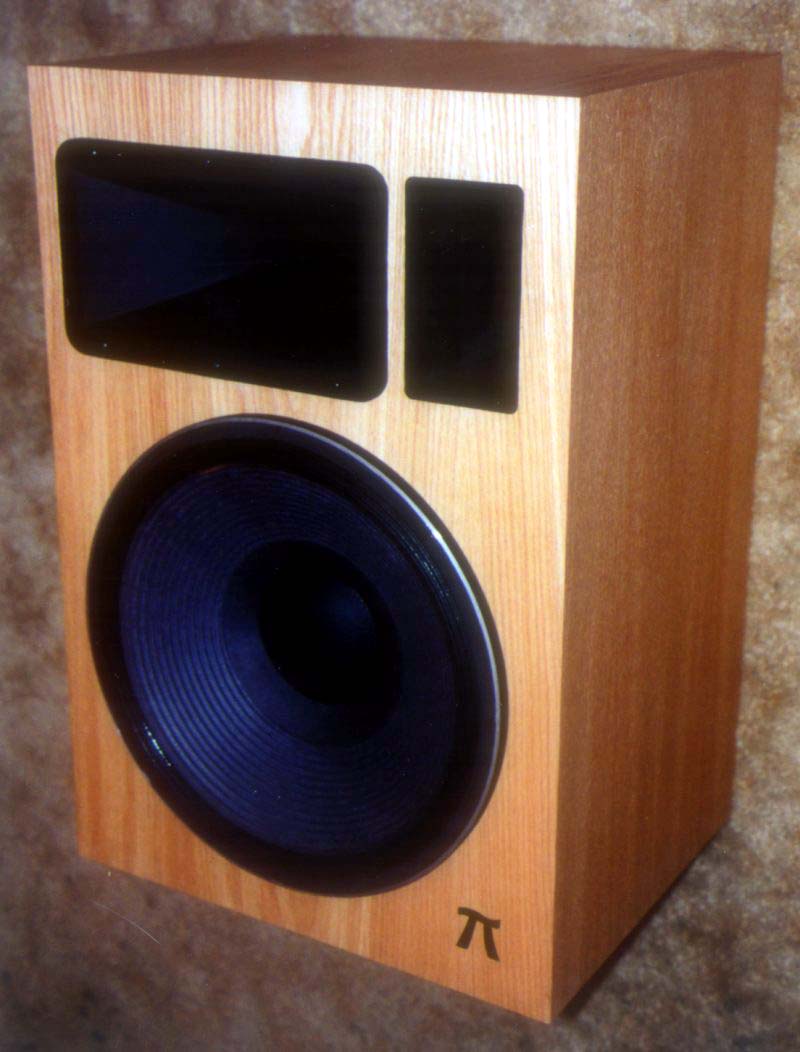Lots of questions, here are some answers.The port is 3.5" x 6" x 10" long, and it really has to be that for everything to fit. You can see in the photo below that there isn't a lot of room on the baffle. The port just fits, and it looks pretty good like that to me. The downside is that forces the tweeter to be horizontally offset a little bit, which in turn shifts the vertical coverage angle slightly towards a diagonal. But the null angle is wide, so this is of little consequence.

Response of the speaker is nice and flat from 100Hz to 16kHz-18kHz, depending on the compression driver chosen. Rolloff on the bottom is nice and gradual because the alignment is slightly overdamped. Rolloff begins around 60Hz and is -10dB down at 30Hz. This makes a good conjugate for room gain in small to medium sized rooms, sounding very powerful and clean all the way down to the lowest bass frequencies.
The crossover is asymmetrical, with some overlap between 1.2kHz and 1.6kHz. The tweeter receives very little energy below 1.6kHz because the slope is third-order. Summing is perfect on-axis, and off-axis at any angle in the horizontal plane. The angular coverage of the tweeter is 90 degrees in the horizontal plane, which matches the woofer's pattern in the crossover overlap region. The tweeter's vertical pattern above 2kHz is 40 degrees, and summing between woofer and tweeter is in-phase at any angle within this arc in the vertical plane. Anti-phase nulls form outside the vertical coverage angle, punctuating the pattern in the crossover range.
Impedance is fairly flat between 8-10 ohms from 100Hz to 1kHz, rising slightly above 1kHz to 12 ohms. Below 100Hz, impedance forms the classic bass-reflex curve with two peaks, one at 15Hz and the other at 70Hz. Impedance at 15Hz is 35 ohms and at 70Hz is 25 ohms. Impedance between these peaks is 8 ohms.
Power handling is 600 Wrms.
Recommended placement is in corners facing inwards 45 degrees (like Pi cornerhorns) or back against a wall. I do not recommend pulling the speakers out from the wall or putting them on stands. Small stands, just a few inches, perhaps angling them back are a good idea. This allows them to cover the listening area very well without lifting the woofer up high enough to create a floor bounce notch.







